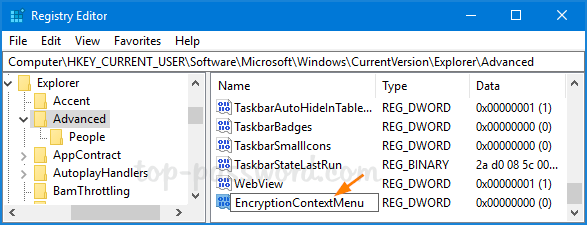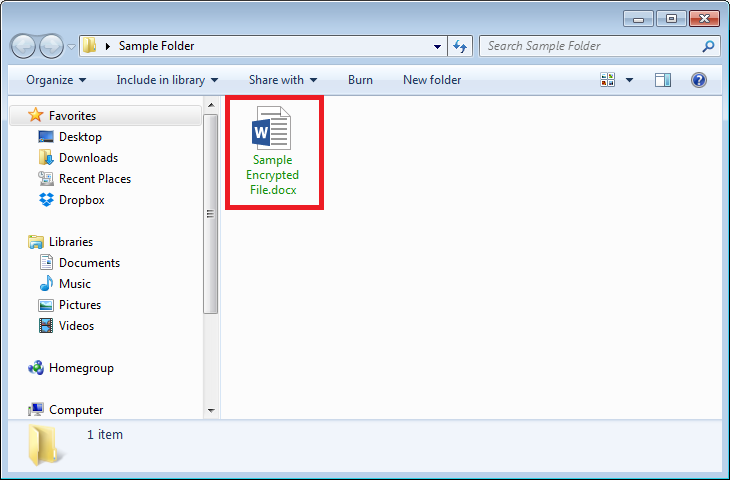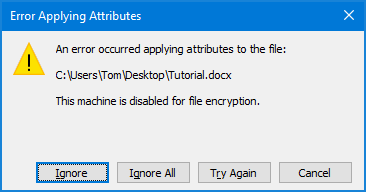
This requires that the user must be logged on with a domain account that can be delegated and the computer must be a domain member in a domain that uses Kerberos authentication and the computer must be trusted for delegation. Using file shares for remote EFS operations requires a Windows 2000 or later domain environment because EFS must impersonate the user by using Kerberos delegation to encrypt or decrypt files for the user.EncrypIT will allow you to return information on a file that displays whether or not the parent directory is encrypting all if its contents, the encryption algorithm used, users who can decrypt the file, and list recovery certificate users. This means EFS file sharing can be applied only to individual EFS-encrypted files, and not to EFS-encrypted NTFS folders. When encryption is set for a folder, EFS automatically encrypts all new files created in the folder and all files copied or moved into the folder.The EncrypIT application allows you to define multiple users at a time for access to a file. This is because public-private key pairs are used for encryption. You are only able to grant EFS permissions to a user, NOT groups.If you have any suggestions feel free to reach out to me at are a couple limitations to know when using EFS. Attempt to allow a group to be defined in order to add all members of that group to a files permissions.



If (( Get-ItemProperty -Path 'HKLM:\SOFTWARE\Microsoft\Windows NT\CurrentVersion\EFS ' -Name "EfsConfiguration " -ErrorAction Silentl圜ontinue) -eq 1)


 0 kommentar(er)
0 kommentar(er)
